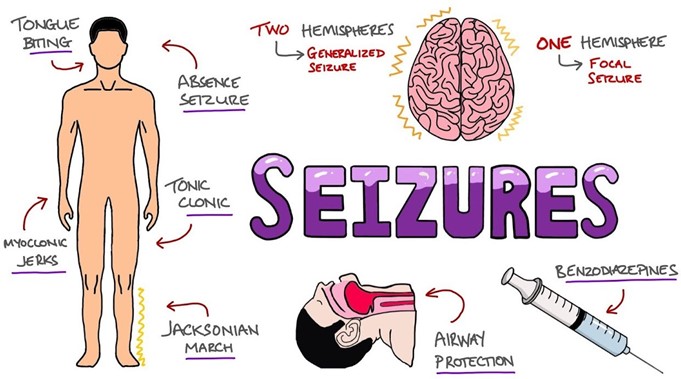A nurse is caring for a patient who is at risk for shock. Which of the following findings is the earliest indicator that this complication is developing?
Hypotension
Narrowing pulse pressure
Decreased level of consciousness
Anuria
The Correct Answer is B
Narrowing pulse pressure is an early indicator that shock is developing 1. Pulse pressure is the difference between systolic and diastolic blood pressure. As shock progresses, the pulse pressure narrows due to a decrease in systolic blood pressure and an increase in diastolic blood pressure.
Choice A is not an answer because hypotension is a later sign of shock 2.
Choice C is not an answer because a decreased level of consciousness is also a later sign of shock.
Choice D is not an answer because anuria, or the absence of urine production, is also a later sign of shock
Nursing Test Bank
Naxlex Comprehensive Predictor Exams
Related Questions
Correct Answer is B
Explanation
Answer: B. Cloudy dialysate outflow.
Rationale:
A) Blood-tinged dialysate outflow.
While blood-tinged outflow can be concerning, it may not always indicate a severe complication, especially if it is minimal. It should be monitored and documented, but it does not require immediate reporting unless it becomes excessive.
B) Cloudy dialysate outflow.
This finding is significant and warrants immediate reporting to the provider as it may indicate peritonitis, an infection of the peritoneal cavity. Prompt intervention is critical to address potential complications associated with dialysis.
C) Dialysate leakage during inflow.
Dialysate leakage can occur and might be due to improper catheter placement or other issues. While it requires attention, it is not as urgent as cloudy dialysate outflow and can typically be managed without immediate escalation.
D) Report of discomfort during dialysate inflow.
Mild discomfort during inflow can be common, especially in the initial stages of peritoneal dialysis. It should be noted and assessed, but it does not necessarily require immediate reporting unless it is severe or persistent.
Correct Answer is B
Explanation
When a client is experiencing alcohol withdrawal, seizures are a common finding. Benzodiazepines are the preferred medications for alcohol withdrawal, and they are used to prevent seizures and treat symptoms of anxiety, agitation, and autonomic hyperactivity. Stuporous level of consciousness (Choice A), pathological changes on a CT scan (Choice C), and bradycardia (Choice D) are unlikely findings in a client experiencing alcohol withdrawal. Stuporous level of consciousness is more indicative of acute brain dysfunction or coma. CT scan findings may indicate structural brain injury, such as a brain tumor or stroke. Bradycardia is not a common finding in alcohol withdrawal but may occur in severe cases. However, tachycardia is a more common finding.

Whether you are a student looking to ace your exams or a practicing nurse seeking to enhance your expertise , our nursing education contents will empower you with the confidence and competence to make a difference in the lives of patients and become a respected leader in the healthcare field.
Visit Naxlex, invest in your future and unlock endless possibilities with our unparalleled nursing education contents today
Report Wrong Answer on the Current Question
Do you disagree with the answer? If yes, what is your expected answer? Explain.
Kindly be descriptive with the issue you are facing.
